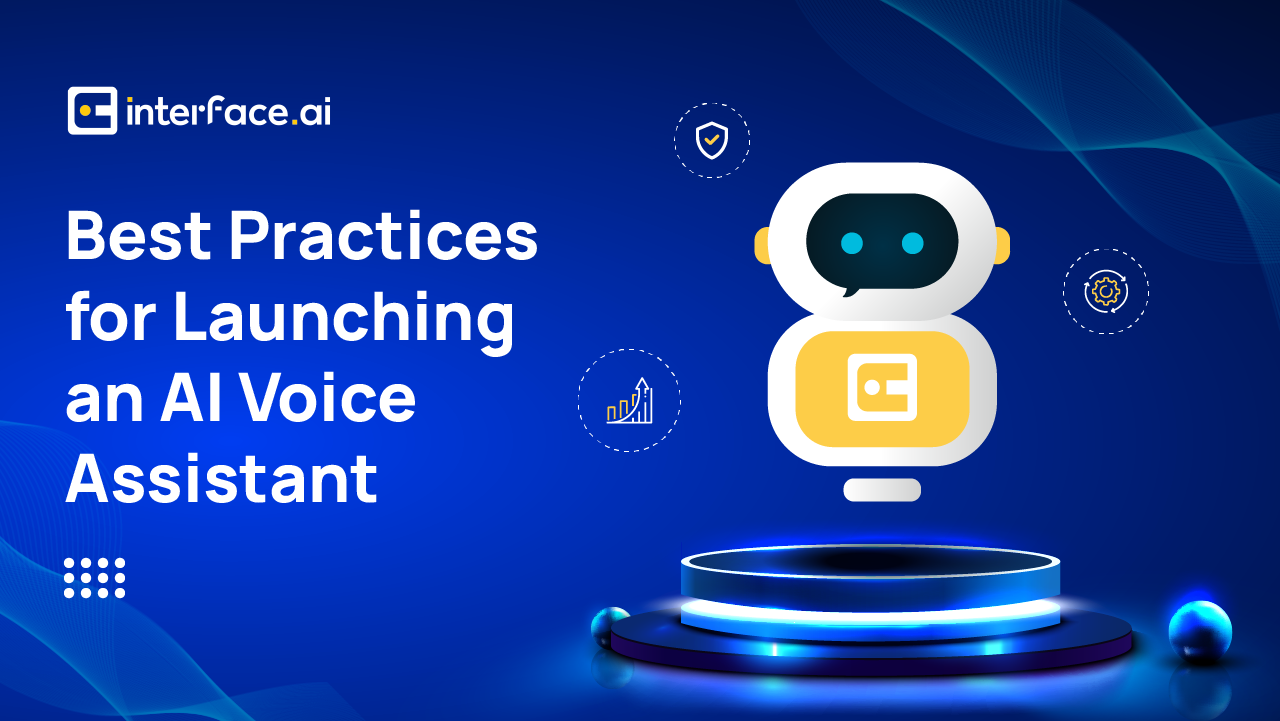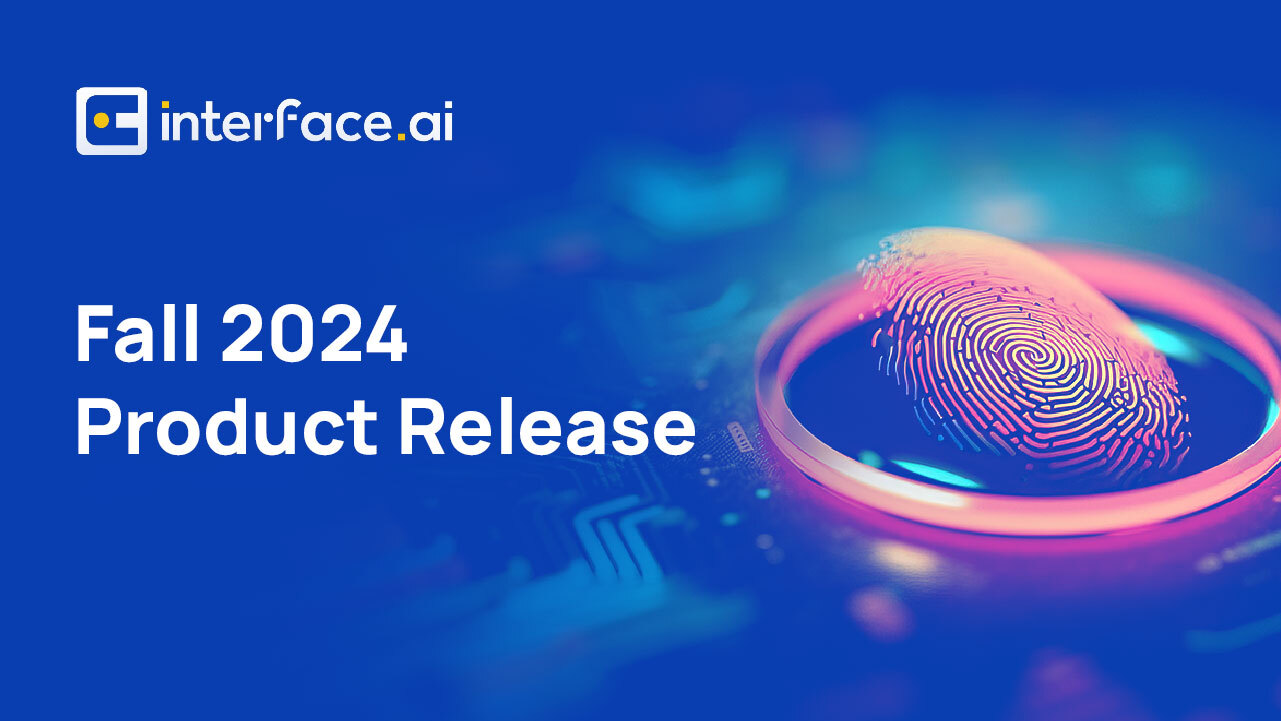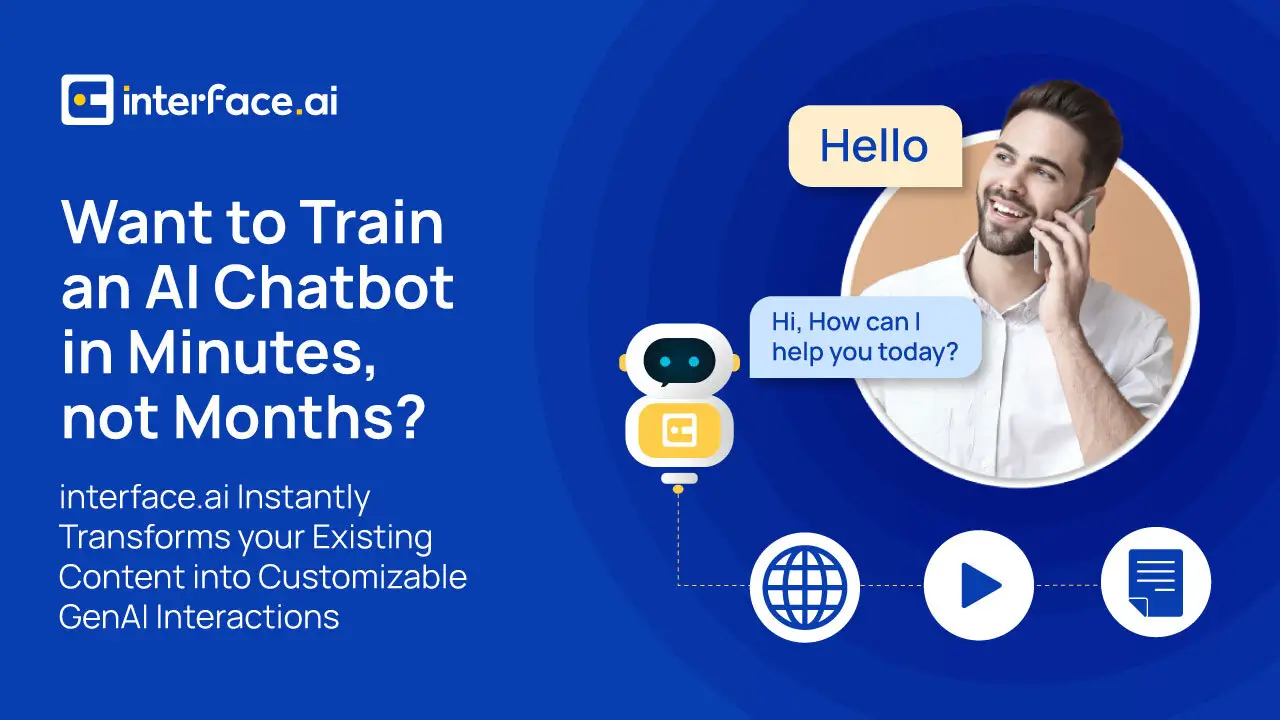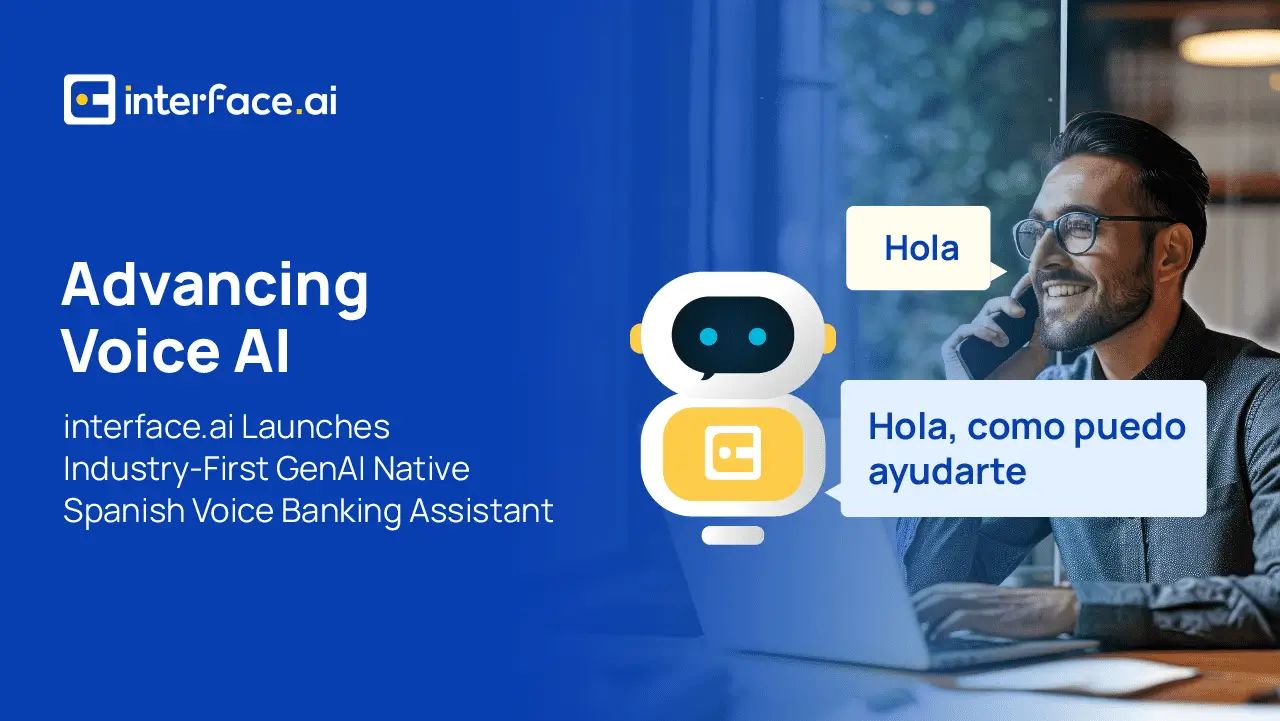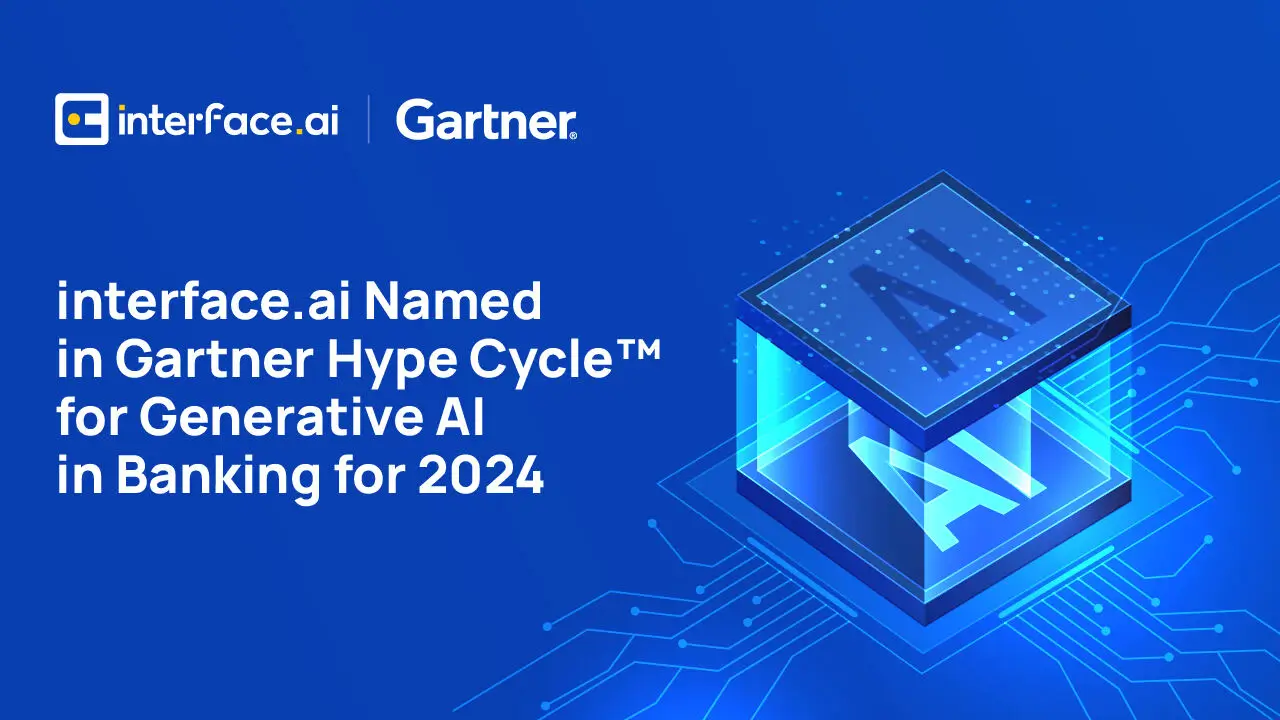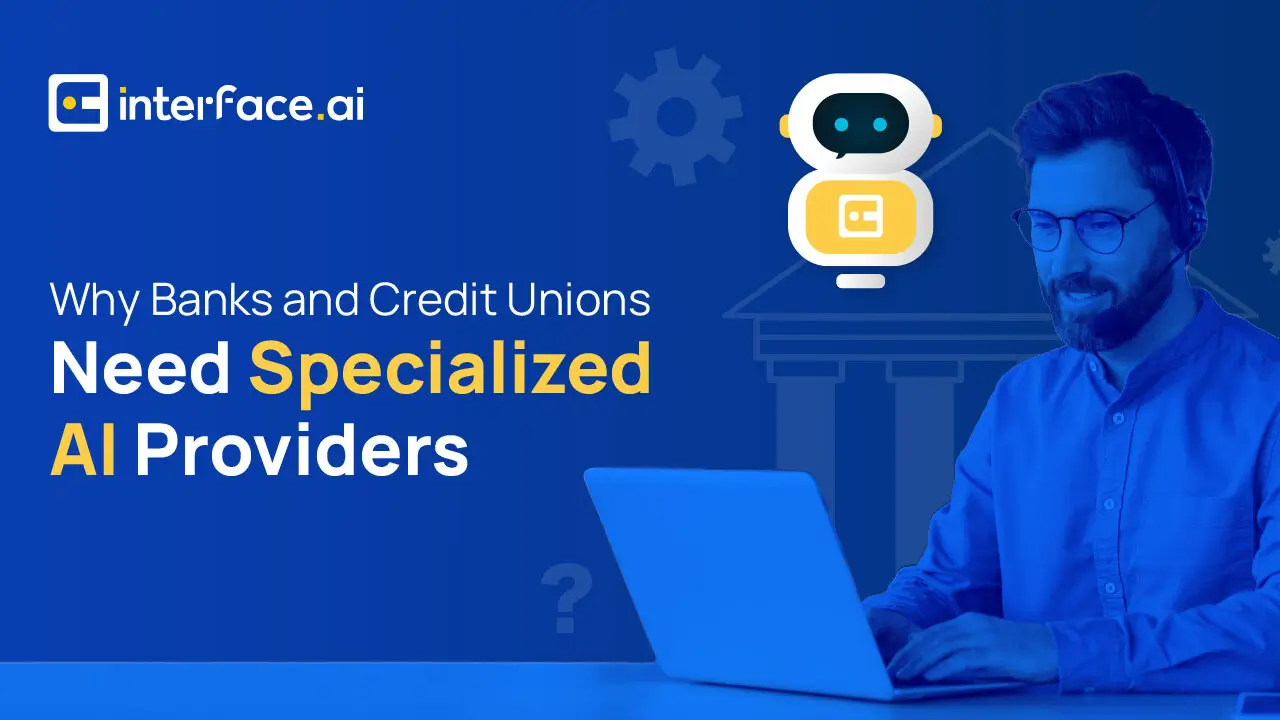
The Future of Credit Unions & Community Banks: Unlocking New Possibilities with Advanced AI in 2025
Credit unions and community banks have increasingly embraced AI to enhance customer experiences and streamline operations. Many have already replaced traditional IVR systems with AI-driven voice solutions, deployed chatbots across websites and mobile apps, and integrated AI models into their loan underwriting processes.
These innovations have improved efficiency and member satisfaction, but what lies ahead for AI in financial services? Let’s explore how emerging AI technologies will create new opportunities for growth and stronger member relationships.
1. Hyper-personalized member experiences
AI is evolving from simple transactional automation to deeper member engagement. Future AI tools will analyze a broader range of data points – including transactional behavior, communication preferences, and life events – to deliver hyper-personalized financial experiences.
Imagine AI-powered systems that can:
- Proactively suggest financial products based on a member’s unique goals.
- Offer tailored financial advice in real-time, whether on a mobile app, website, or during a phone conversation.
- Predict life milestones such as buying a home or saving for a child’s education, and offer relevant financial solutions at just the right time.
These personalized interactions will help credit unions and community banks stand out through tailored care and support.
2. Transforming digital banking with conversational & agentic AI
The next phase of digital banking is being shaped by advanced conversational AI and agentic AI – technologies designed to provide a ChatGPT-like experience that is more intuitive and human. This will allow institutions to foster deeper engagement and improve service delivery.
Here’s how conversational and agentic AI are reshaping digital banking:
- Seamless conversations: AI-driven virtual assistants can handle complex member inquiries in natural language, offering real-time answers across channels such as mobile apps, websites, and call centers.
- Proactive assistance: These systems go beyond simply responding to requests – they predict member needs and initiate conversations with personalized suggestions.
- All-in-one financial app: AI-driven solutions are evolving to create unified platforms where members can manage all their financial needs. This includes not only accessing services from your institution but also engaging with multiple financial institutions seamlessly within the same app. Members can view accounts, initiate transfers, get personalized advice, and compare financial products without switching platforms.
Example in action: Imagine a member opening a savings account. An AI-powered assistant can guide the member through the process, answer their questions in real-time, and suggest related services such as automatic savings plans or personalized investment advice. If the member prefers speaking to a human, the AI smoothly transitions the conversation to a representative, who is fully briefed on the member’s prior interactions, ensuring continuity and convenience.
This new wave of AI-driven experiences ensures that members can access financial services effortlessly, while feeling heard and understood at every step.
3. AI-augmented workforce productivity
Beyond automation, AI is becoming a valuable tool for employees, offering real-time insights to enhance productivity and decision-making. For example, AI can:
- Assist loan officers by analyzing complex data sets and suggesting optimal terms for member loans.
- Help customer service representatives by delivering real-time information about a member’s history and potential needs during a conversation.
- Automatically prioritize tasks, such as following up on high-value member leads or identifying accounts at risk of churn.
These AI-driven insights enable employees to focus on higher-value activities that foster stronger relationships and member loyalty.
4. AI for financial wellness and inclusion
Community institutions have a longstanding mission to support financial well-being and inclusion. AI can strengthen this mission by:
- Identifying underserved members who may benefit from specific financial services.
- Offering personalized savings and budgeting recommendations based on a member’s spending patterns.
- Enhancing credit decision models to better evaluate non-traditional data sources, enabling fairer access to credit.
With AI’s ability to provide actionable insights, your institution can offer more equitable and impactful financial solutions.
5. Continuous learning and adaptation
The pace of AI development is accelerating. New models and technologies are emerging that improve AI’s ability to understand context, sentiment, and intent in member interactions.
To stay competitive, credit unions and community banks should consider:
- Implementing proven AI use cases mentioned at the start of the blog to avoid the risk of falling behind
- Partnering with AI solution providers that offer continuous innovation and support.
- Investing in employee training to ensure staff can effectively collaborate with AI tools.
Wrap-up: Embracing the future with confidence
AI is more than a tool; it’s a strategic partner that helps credit unions and community banks deliver superior member experiences, enhance security, and achieve operational excellence. At interface.ai, we partner with financial institutions to unlock AI’s full potential.
By adopting the next generation of AI technologies, your institution can build stronger member relationships, expand financial access, and drive innovation.
And on top of all of this, the best AI can drive significant ROI too. Find out for yourself in this free-to-use Voice AI ROI Calculator.
Discover the Latest Insights on Interactive Intelligence for Banking Newsletter
Join the newsletter to receive the latest updates in your inbox.


